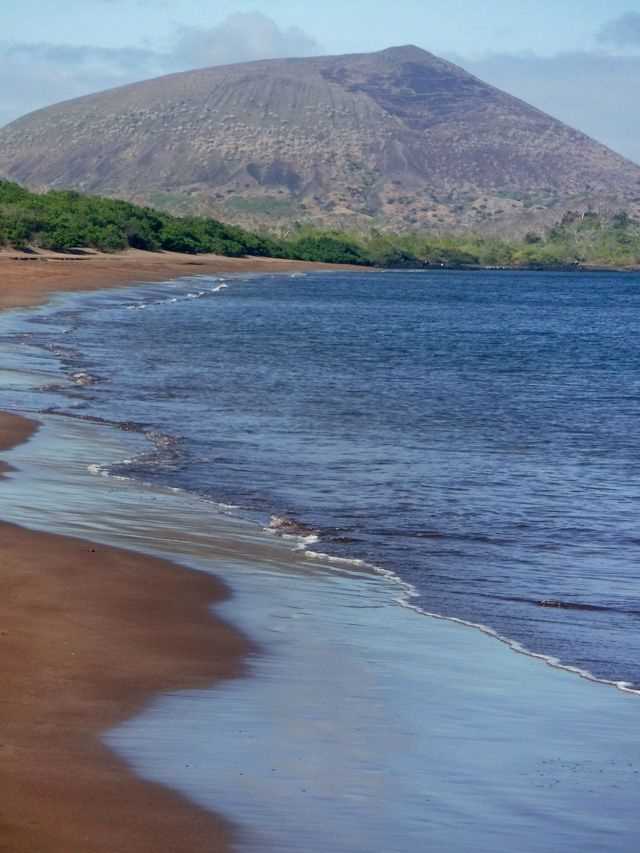The Galapagos Islands were discovered and rediscovered a few times in the past. Consequently, all of the islands have more than one name. Santiago, located in the central part of the archipelago, is also known as James Island. James was a popular hideout for pirates and buccaneers that would prey on the Spanish galleons found nearby. Here, they were able to find tortoise meat and some fresh water in order to sustain themselves and make their long journeys back home. Today, Santiago is totally uninhabited, and thanks to the great restoration efforts by The Galapagos National Park Directory, this island is full of beautiful landscapes and, just like the other Galapagos islands, it looks like a place untouched by the time.
- Daily Expedition Reports
- 13 Jun 2019
Santiago Island, 6/13/2019, National Geographic Islander
- Aboard the National Geographic Islander
- Galápagos
Gaby Bohorquez, Naturalist
Gaby was born and raised in Guayaquil, Ecuador. Her first job in the Galapagos was on board a 90-passenger cruise ship as the cruise director’s assistant, and she fell under the spell of the Enchanted Isles. She returned to Guayaquil to study at the ...
Read MoreShare Report
Related Reports
11/23/2022
Read
National Geographic Islander II
Isabela and Fernandina
Our day began with the chance to point out a lot of interesting geological features as we enjoyed Zodiac tours along a massive flank of Ecuador Volcano on Punta Vicente Roca. In the afternoon, we took a sunny walk on Punta Espinoza on Fernandina Island. We spotted many iguanas, and a bunch of sea lions hanging around, too.
11/22/2022
Read
National Geographic Islander II
North Seymour & Rabida Islands
Relatively small and low compared to neighboring Santa Cruz, North Seymour is located to the north of Baltra. The island is dry with predominantly low shrubs, like prickly pear cacti. The incense trees are bare during the dry season. Seabirds like frigatebirds and blue-footed boobies nest on the island, and sea lions rest on the sand when they are not fishing. Land and marine iguanas also live here. Rabida is in the middle of the archipelago and has a striking red sand beach. We observed a small colony of sea lions of all ages resting or nursing. Behind the beach, American flamingos nest in a brackish lagoon. This island is full of contrasts and wildlife that we enjoyed observing during this day of expedition.







